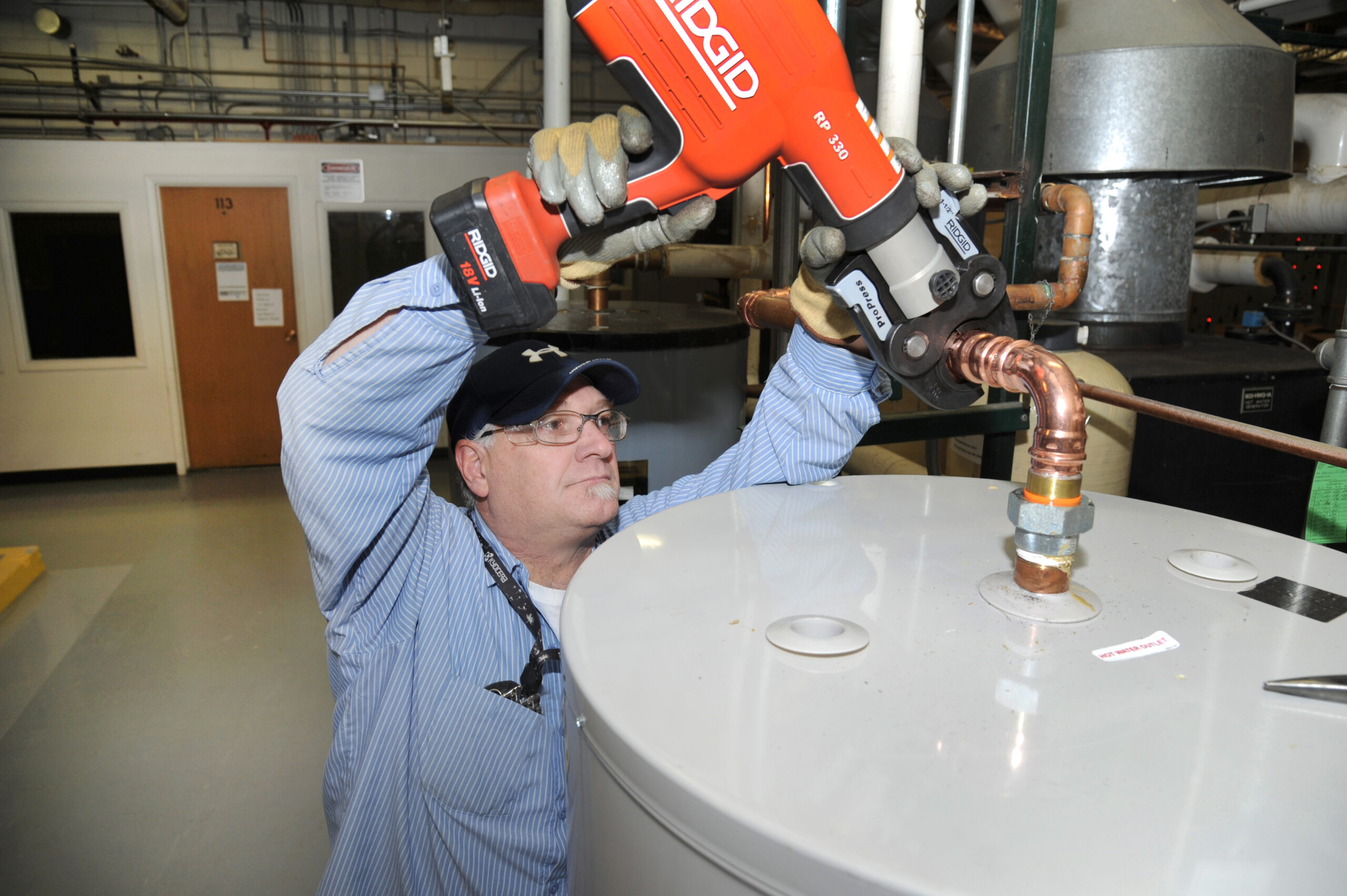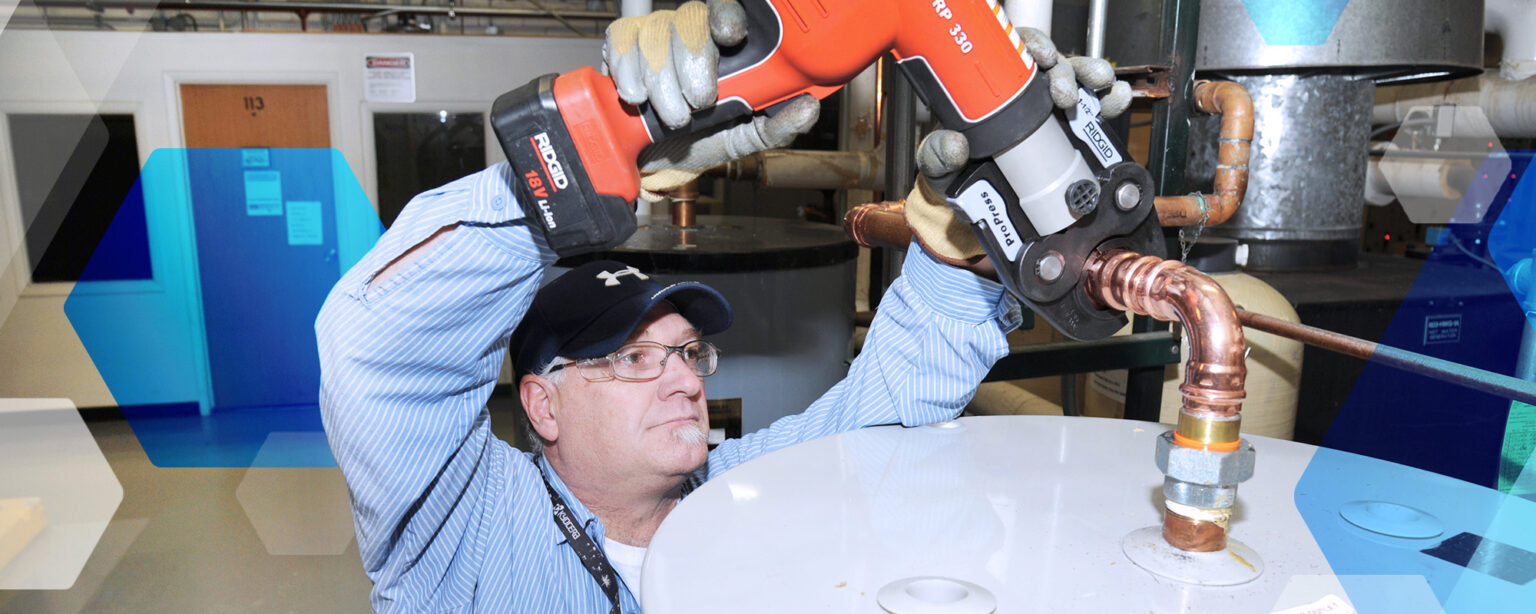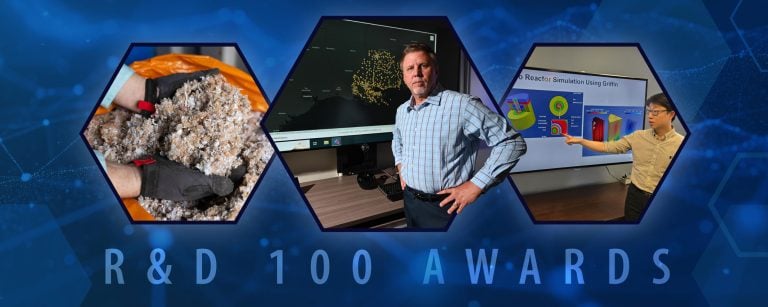On Earth Day of 2021, Idaho National Laboratory (INL) announced an ambitious plan to reach net-zero carbon emissions by 2031.
At INL, reaching net-zero is a monumental task. The laboratory is essentially a small city that includes roughly 900 square miles of facilities, 600 vehicles, 320 buildings and 6,000 employees. Reducing, capturing or offsetting all its carbon emissions will require innovations in advanced energy research and big changes in the lab’s operations and collaborations with local, state and national partners.
But, in a sense, INL’s effort to reduce carbon emissions began decades ago. The Sustainable INL Program was established in 2007 to uphold federal sustainability standards by measuring, reporting, and reducing energy and water use related to all lab operations. Earlier efforts to minimize INL’s footprint began two decades before that.
By now, retrofits and other energy saving measures have not only reduced the INL’s carbon footprint, but also saved big bucks. Since 1987, energy management projects have saved INL more than $38 million in energy costs.
“These are hard dollar savings that we can tie directly to energy reduction sitewide,” said Chris Ischay, the recently retired lead of the Sustainable INL team. “Studies have consistently shown that just by changing culture and habits, it all adds up to real dollars in a big way.”

Much of the groundwork for the actions happening now was laid by the Sustainable INL Program, which was established in 2007 to uphold federal sustainability standards by measuring, reporting, and reducing energy and water use related to all lab operations. Chris Ischay, who had been planning energy efficiency projects for the laboratory, led the program with great success.
Last year, the Department of Energy recognized Ischay with its Sustainability Champion award.
The program’s progress is the legacy of an ongoing partnership between Sustainable INL and Facilities and Site Services (F&SS), the organization responsible for developing and maintaining the laboratory’s non-research infrastructure. “The dedicated staff in F&SS are essential to achieving the lab’s sustainability goals,” Ischay said.
The Sustainable INL team, now part of the Net-Zero Program, researches and purchases equipment, such as energy-efficient LED lighting fixtures, in partnership with needs identified by facility managers. The F&SS team, led by Carlo Melbihess, plans, sites and installs the equipment. They also oversee maintenance.
“Our culture of collaboration has been the cornerstone of achieving our sustainability goals and is why INL continues to lead the way to a more sustainable future,” Melbihess said.
The collaborative projects have ranged from retrofitting buildings for greater efficiency to redesigning the entire lighting system at several ATR buildings. The lighting retrofits were the most impactful, Ischay said. INL lighting evolved from T12s with magnetic ballasts, to 32-watt fluorescent tubes and now to LEDs. Today, INL saves $234,102 every year from past lighting upgrades.

The new metering and building control systems spearheaded by F&SS have also made a difference by allowing building managers to implement what are called temperature “setbacks.” Setbacks save energy by decreasing heating and cooling use over the weekends and during holidays when buildings are vacant.
A study conducted last fiscal year of INL’s Willow Creek Building determined that relatively minor temperature changes in this facility alone could result in potential savings of between 80-100 metric tons of carbon dioxide equivalent, known as MtCO₂e, per year. This measurement represents the equivalent of a metric ton of carbon dioxide’s atmospheric impact since greenhouse gases include more than just carbon dioxide. These savings from temperature setbacks equate to over 9,000 gallons of gasoline or 88,513 pounds of coal.
Since the baseline year of 2019, INL has reduced its emissions by 10.3%, or 9,143 MtCO2e. The decrease is partially attributed to cleaner purchased electricity, more employees walking and biking to work and building efficiency projects that reduce energy consumption.
These numbers tell a story that the efforts employees make as a lab, in their homes and as individuals can add up to big financial savings and reduce emissions.
Less budget spent on energy means more money for INL’s mission to discover, demonstrate and secure innovative nuclear energy solutions, other clean energy options and critical infrastructure.
To learn more about INL’s road to Net-Zero, read the Net-Zero 2031 Plan.





